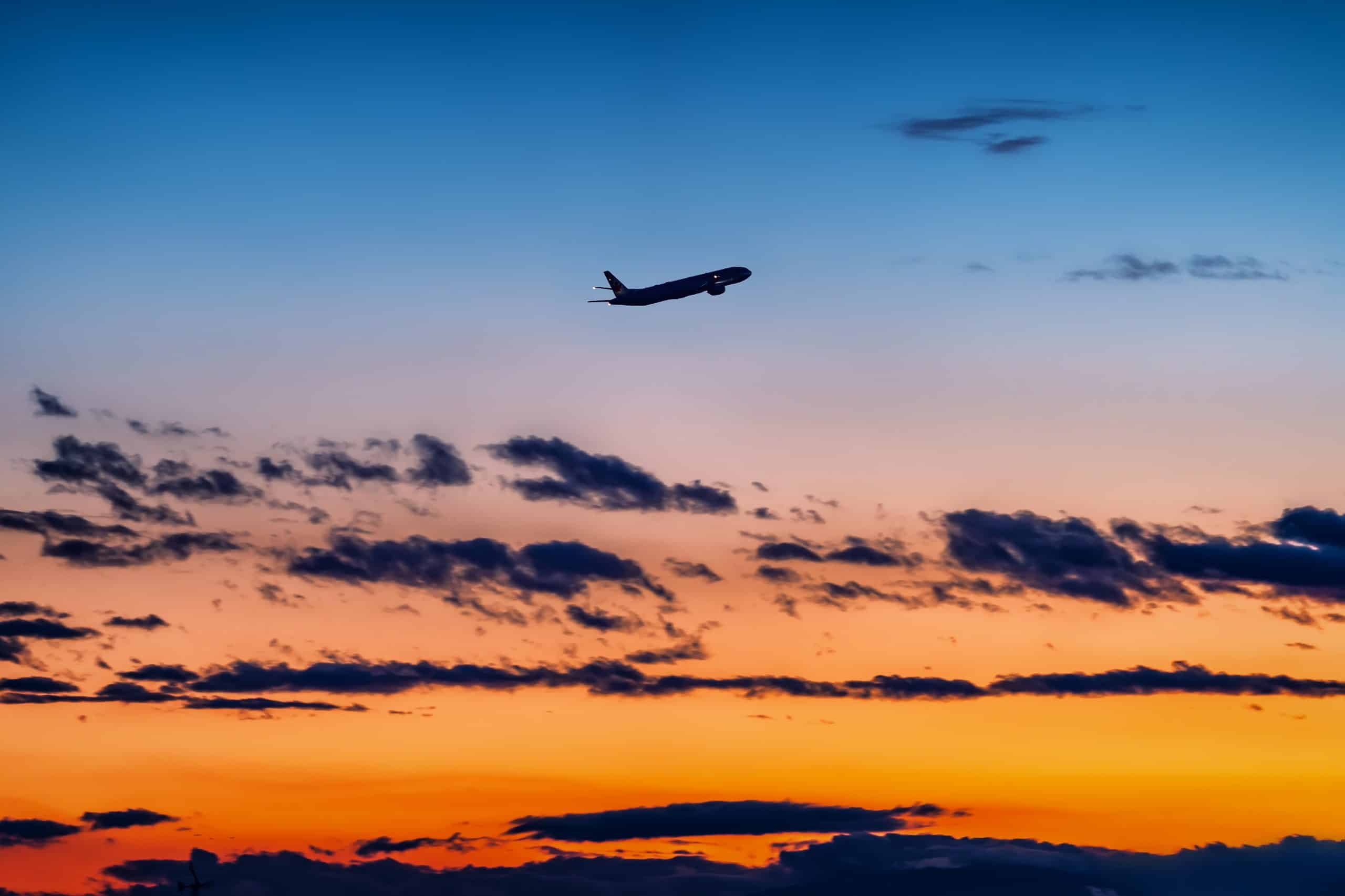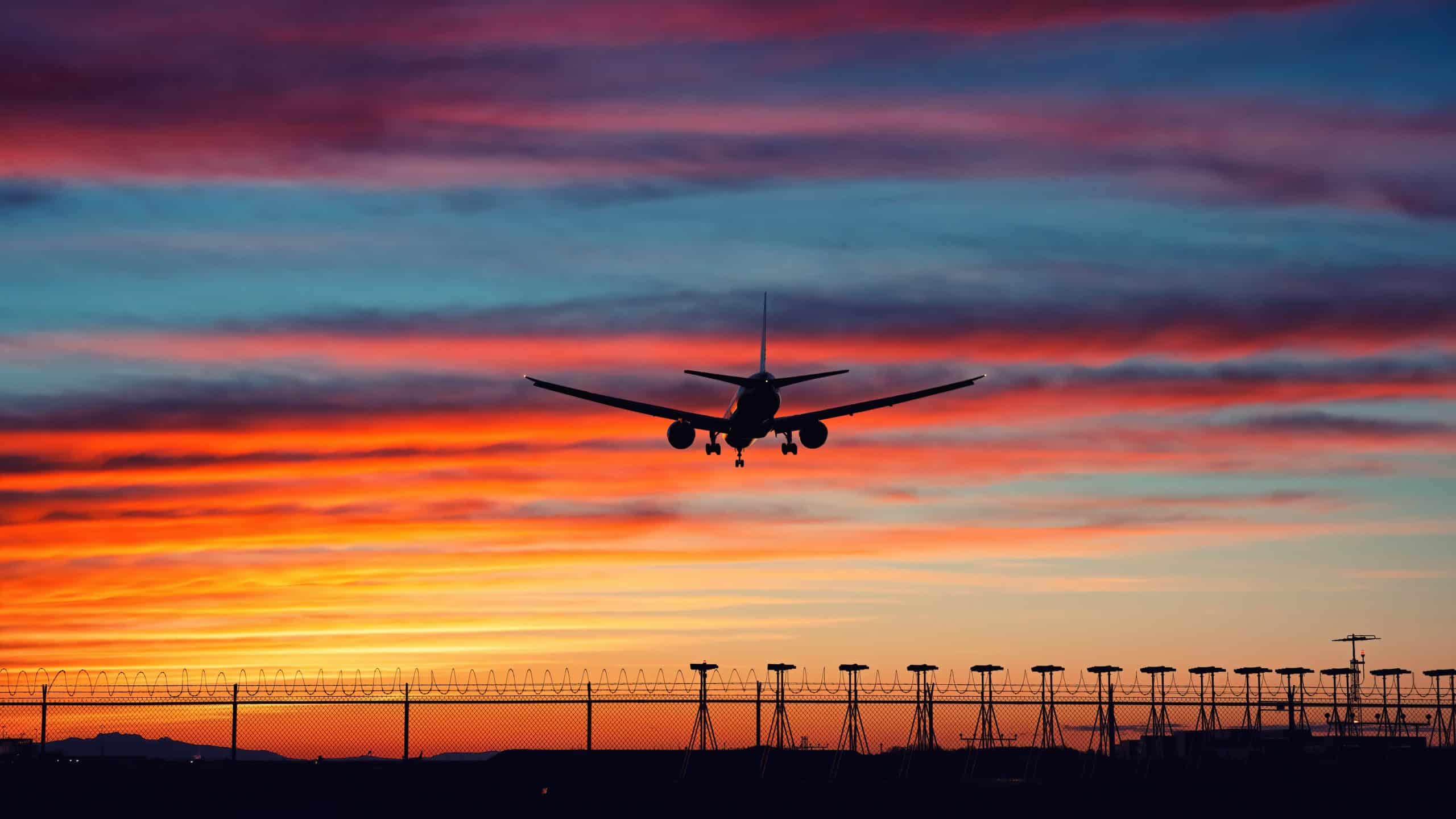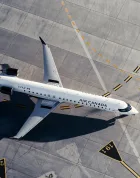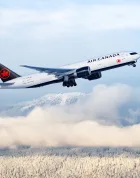After two and a half long years, the end is finally here: as of Saturday, October 1, 2022, Canada will be lifting all border restrictions related to the pandemic.
This includes proof of COVID-19 vaccination, arrival testing, quarantine and isolation requirements, and the mandatory use of the ArriveCAN app. Additionally, masks will no longer be mandatory on planes and trains.
Canadian Travel Is Back to Normal
The federal government has let the special orders, which have authorized these exceptional pandemic measures under the Quarantine Act, expire as of October 1.
With so many measures in place, this move will have a major impact on Canadian travel returning to normal.
Travellers will no longer be subject to random COVID-19 testing upon arrival, or mandatory testing prior to arrival. They also won’t have to monitor for COVID-19 symptoms after arrival.
Additionally, unvaccinated Canadians can return without a period of isolation. Combined with the end of testing requirements, this means that there will be no more quarantine for arriving travellers.
Furthermore, foreigners won’t need to be vaccinated to enter Canada. Of course, they must still meet all of the usual entry requirements and have proper travel and immigration documentation.
With all of these restrictions being lifted, there is no longer a need for the ArriveCAN app. The app’s purpose was to track vaccination requirements, testing requirements, and quarantine plans, but as none of those are required anymore, the ArriveCAN app will be optional.
Finally, it will no longer be mandatory to wear masks on planes and trains.

The End of Travel Restrictions
The government’s decision to drop all COVID-19 travel restrictions is a reflection of an abundance of vaccines, tests, and treatments, Canada’s high vaccination and low hospitalization and death rates, and modelling showing that we are well past the peak of the most recent wave of infections.
This brings our policies in line with most of the world, including many Western countries who had already long ago dropped their vaccination, testing, health forms, and quarantine requirements, as per the aforementioned reasoning.
If anything, we were overdue, and it’s a relief to see Canada returning not only to normal, but to an alignment with similar countries around the world. These measures, once useful, have overstayed their welcome and are past serving their purpose.
In Canada, COVID-19 travel requirements have always felt like a “one step forward, two steps back” scenario.
Back in June 20, 2022, travellers were no longer required to show proof of vaccination prior to their flight, train, or cruise. Right afterwards, random COVID-19 testing on arrival was removed for a brief period before being brought back in July 2022.
ArriveCAN has been around since April 29, 2022, and most Canadians now simply consider part of the travel process: take your flight home, fill out ArriveCAN, and clear customs. But it has come up in the past where someone forgets to fill out and then is told to do their 14-day quarantine.
Therefore, it comes as a relief that ArriveCAN can finally be removed, with the dropping of the vaccine and quarantine requirements. Considering at this point it’s more a formality than anything else, it should have been removed months ago – it’s proved to be a nuisance at best.
With contact tracing across the country non-existent, having restrictions only at the border hasn’t made sense for a while, and maintaining the essential use of ArriveCAN created a semblance that Canada tracks their COVID-19 cases – when in most provinces, symptomatic people do not qualify for COVID-19 PCR testing.
The end of ArriveCAN also eliminates a hurdle during the customs process, and as anyone who’s been flying this summer can attest, the last thing we need is another delay at the airport.
It’s also nice to see the end of the mask mandate on planes. It can be uncomfortable to fly with one, and the in-flight experience is no more risky than many other on-the-ground situations in which masks have not been mandated for quite some time.

What’s Left of Canada’s Travel Restrictions?
With Canada’s once-draconian travel restrictions having mostly been lifted, border entry policies have largely disappeared. Besides the border, though, a few other travel requirements have remained.
Cruise ship restrictions are mostly being lifted. However, guidelines to protect passengers and crew will remain, in alignment with the approach used by the US. This seems reasonable, as cruise ships are densely-populated in close quarters for an extended period of time, the type of environment where an outbreak could easily spread and become problematic.
Also, while the federal government is dropping all pandemic-related travel restrictions, provincial and territorial measures may still be in place.
Finally, while the mask mandate is being lifted, travellers are still advised to take precautions and make “informed decisions” when travelling. It is not recommended to travel if you are exhibiting symptoms.
These lingering recommendations won’t affect your entry process at the border, which should make the document checks much smoother. Hopefully, the pre-departure and on-arrival experience will be much more like pre-pandemic times – meaning much quicker.
Since the removal of the vaccination requirement for domestic flights back in June, domestic travel has virtually been back to normal. The only exception has been the mask requirement onboard planes and trains, and even that is now gone, bringing the domestic travel experience back to how it was pre-pandemic.
Hopefully we won’t see the government reverse course this coming winter, the season in which there’s often an increased transmission of communicable diseases. Regardless, at this point two and a half years later, I’d be surprised if there’s still any political or social appetite to backpedal, now that life has by and large returned to normal.
I daresay that the heavy-handed travel restrictions of the pandemic era have finally come to an end, and that these new restrictions, or rather lack thereof, will remain the status quo.

Conclusion
As of October 1, 2022, proof of vaccination will no longer be required to enter Canada, pre- and on-arrival testing requirements are being dropped, and quarantine will no longer be mandatory for travellers. Therefore, the ArriveCAN app will no longer be necessary prior to crossing the border into Canada.
Along with the end of mask mandates on planes and trains, this marks the end of COVID-19 travel restrictions on our international border, and aligns with the policies put in place by most other G7 and G20 nations.
No document checks required at the check-in desk and in the customs hall should make airports a much more pleasant and speedy experience. Knock on wood, but the yoga mats of Summer 2022 should never make a return.




















Good news finally. However, the coming flu season could be quite bad, based on what’d happened in Australia , so I will still wear mask while taking a flight for this winter season. This year’s flu and influenza symptoms are particular bad, worse than covid symptoms. Smart to wear mask in planes…